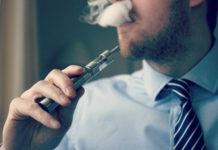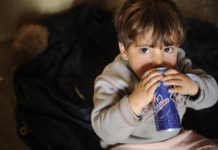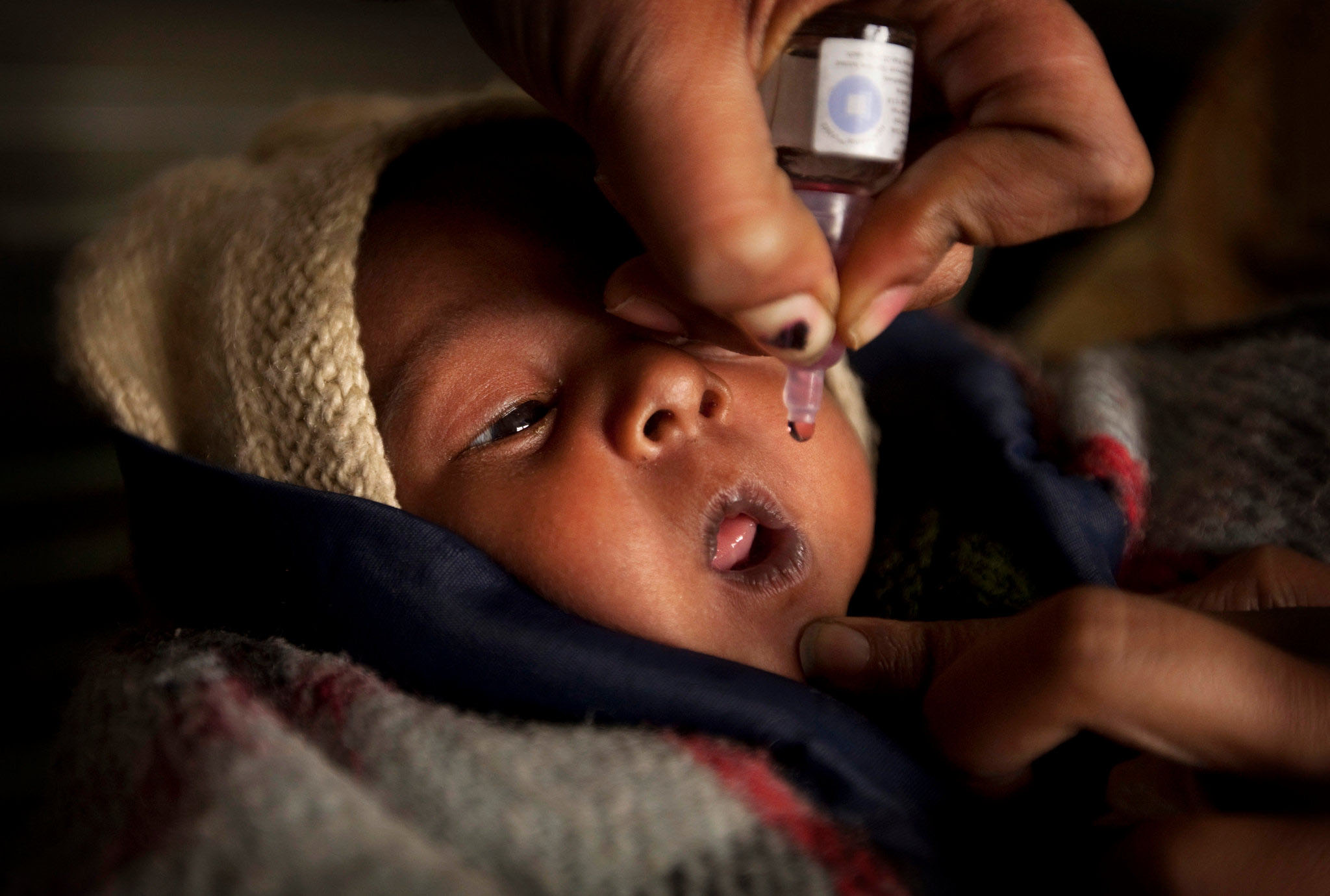
Firecrackers may have implications for people with respiratory conditions but their hazards for general population are yet to be proven
After many Diwalis when firecrackers were painted as the villain, the Central Pollution Control Board told the Supreme Court this week that aside of some cough and breathlessness, there are actually no health hazards of fire crackers. The air quality though does take a dip, CPCB tols the apex court

And medical literature actually does not refute that claim, though admitting that more research needs to be done to say this with certainty. In 2014 a literature review published in a journal Lung India concluded: “Following a thorough review of the literature available, further studies are necessary to consolidate current evidence and speculation. Implementation of strategies and enforcement of regulations to limit the harmful contaminants being used in the fireworks industry as well as legal control on the quantity of fireworks let off, together with additional surveillance of air quality during periods of increased risk should aid to avoid unnecessary morbidity. We recommend that susceptible individuals, mainly patients suffering from respiratory conditions, should avoid heavy exposure so as to avoid the possibility of exacerbations of their illness. Increasing awareness amongst the high-risk groups should decrease morbidity and the number of unscheduled health care visits and hospitalizations.”
In other words, firecrackers may have some implications for people with existing respiratory conditions but their hazards for the general population are yet to be conclusively proven. in 2010, a study by the Institute of Environmental Assessment and Water Research (IDAEA-CSIC), published in the journal of Hazardous Materials found that metallic particles in the smoke emitted by fireworks pose a health risk, particularly to people who suffer from asthma. Among metallic elements present in smoke emitted from fireworks are aluminium, strontium, copper, magnesium, antimony etc. It also contains sulphur dioxide, nitrogen dioxide, Nitric oxide, benzene, toluene, ethyl benzene etc.
While the scientific clean chit is actually about a lack of evidence and lack of effect, that smoke from firecrackers has different effects on adults and children is accepted without too much dispute. “Children seem to be particularly susceptible to the harmful effects of ambient air pollution. Compared with adults, children have poor defences against PM and gaseous air pollutants, have a differential ability to metabolize and detoxify environmental agents, and have an airway epithelium that is more permeable to inhaled air pollutants. Also, children have a greater level of physical activity than adults; hence, their intake of air into the lungs is much greater than that of adults per day,” says the Lung India study.













